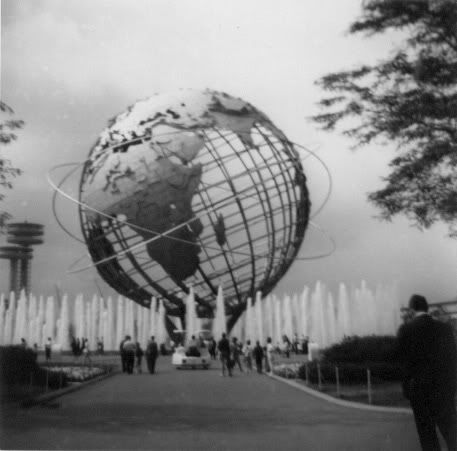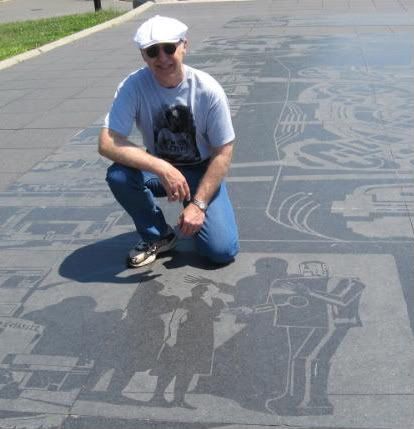Recently, I signed up to receive
A.Word.A.Day via email from wordsmith.org. Each day, a word with its definition and an example of its use shows up in my inbox. Last week's theme was words derived from the names of mythical creatures. The word for April 29 was:
argus (AHR-guhs) noun
An alert and observant person; a watchful guardian.
[After Argus, a giant in Greek mythology who had 100 eyes and was sent to watch over Zeus's lover Io. He was killed by Hermes and after his death his eyes transformed into spots on the peacock's tail. Greek argos (bright).]
The example of the word's use was:
"Arnold [Schwarzenegger] knew immediately that Total Recall needed an Argus-eyed director who could maintain control over complicated visual effects, extravagant futuristic sets, dangerous stunts, etc. -- while also demanding good performances from his actors."
Bill Jones; Muscles Parlayed Into Stardom; The Phoenix Gazette (Arizona); Jun 2, 1990.
A nice example to be sure, but I heard an even better one last week on the podcast of the Public Radio International show
Selected Shorts. If you want to hear it, you can download it for free at iTunes. The program, entitled "Word Pictures," includes a reading of a letter from Dalton Trumbo, written in 1958, and addressed to the manager of the Franklin Hotel in Rochester, Minnesota, where Trumbo and his wife stayed while they were being evaluated at the Mayo Clinic. The letter is in response to the manager's allegation that the Trumbos pilfered a coffee pot from the hotel. Dalton Trumbo was one of the Hollywood Ten who were blacklisted during the McCarthy era. He actually was a communist, but also a very talented screen writer and novelist. When he couldn't get work in Hollywood, he and his wife moved to Mexico, where he continued to write movies, which were sold under the names of various "front men" whose names appeared in the credits. Anyway, this letter is a very funny rant. Trumbo recounts how, on their first day in the hotel, he and his wife ordered cocktails to be delivered to their room. While they were waiting they read all the "institutional literature with which our quarters were awash." All the placards, brochures and warnings not to steal the ball-point pens were "breezily signed by Mr. F," who Trumbo inferred was none other than the owner of the hotel, Mr. Franklin. So omnipresent was his name in their room that he was "a brooding, wheedling, hectoring spirit that leered at us through argus eyes from every nook and corner." And so forth. You really have to hear the whole thing, because these brief snippets don't do justice to Trumbo's acerbic wit.
Please note that
argus should not be confused with
Argos, the dog who patiently waited back in Ithaca for over twenty years while his master Odysseus went galavanting around the ancient world. Nor should it be confused with Argos, Indiana, where I first experienced nervous perspiration performing a cornet solo in a band contest in middle school, or what we at that time called junior high.












